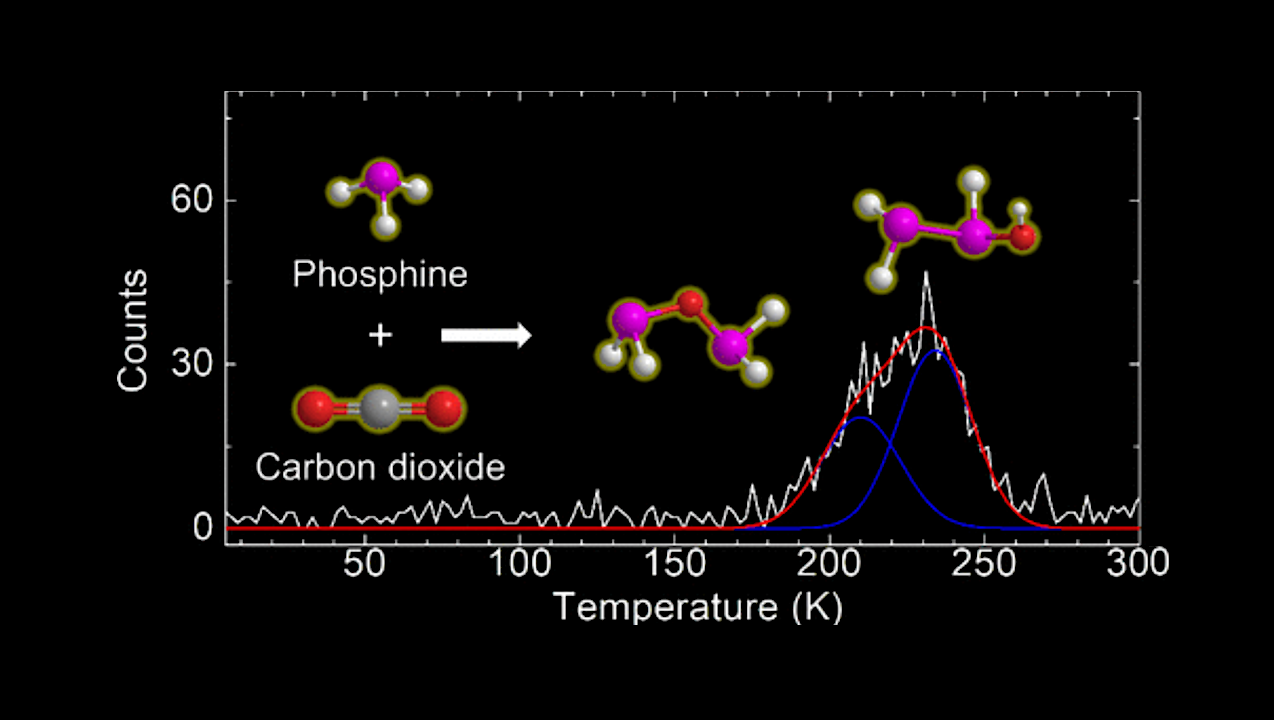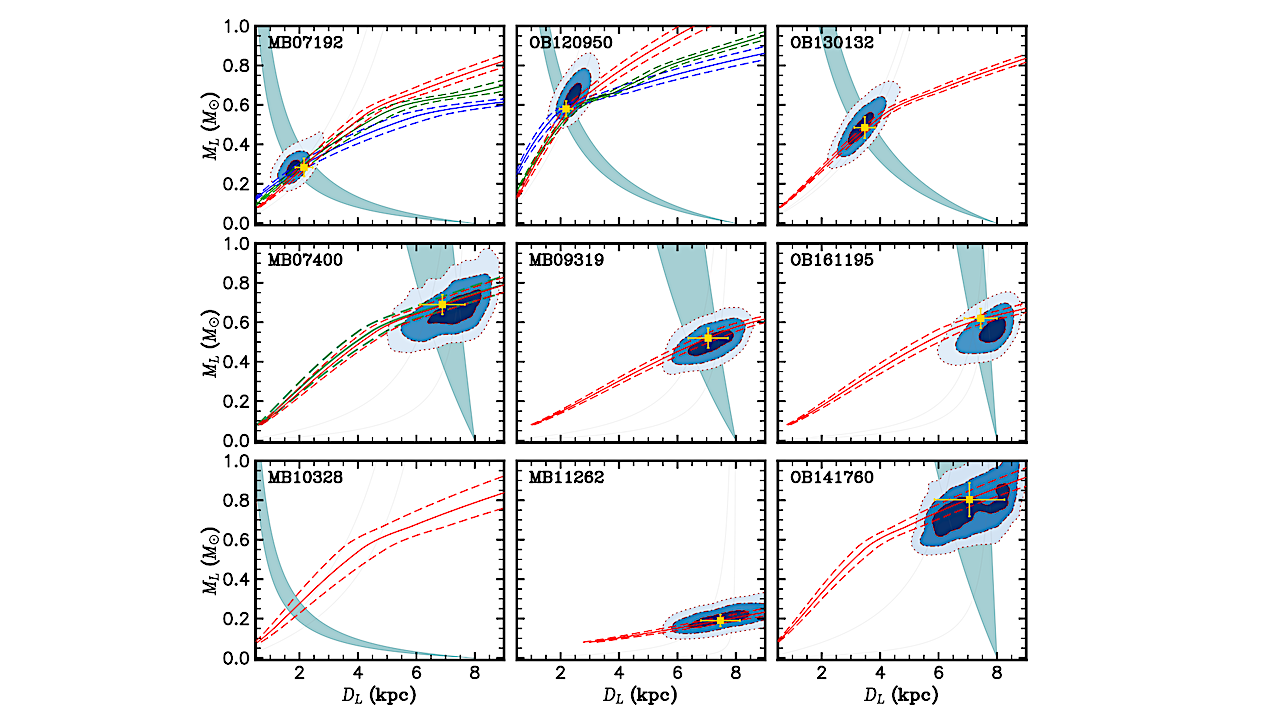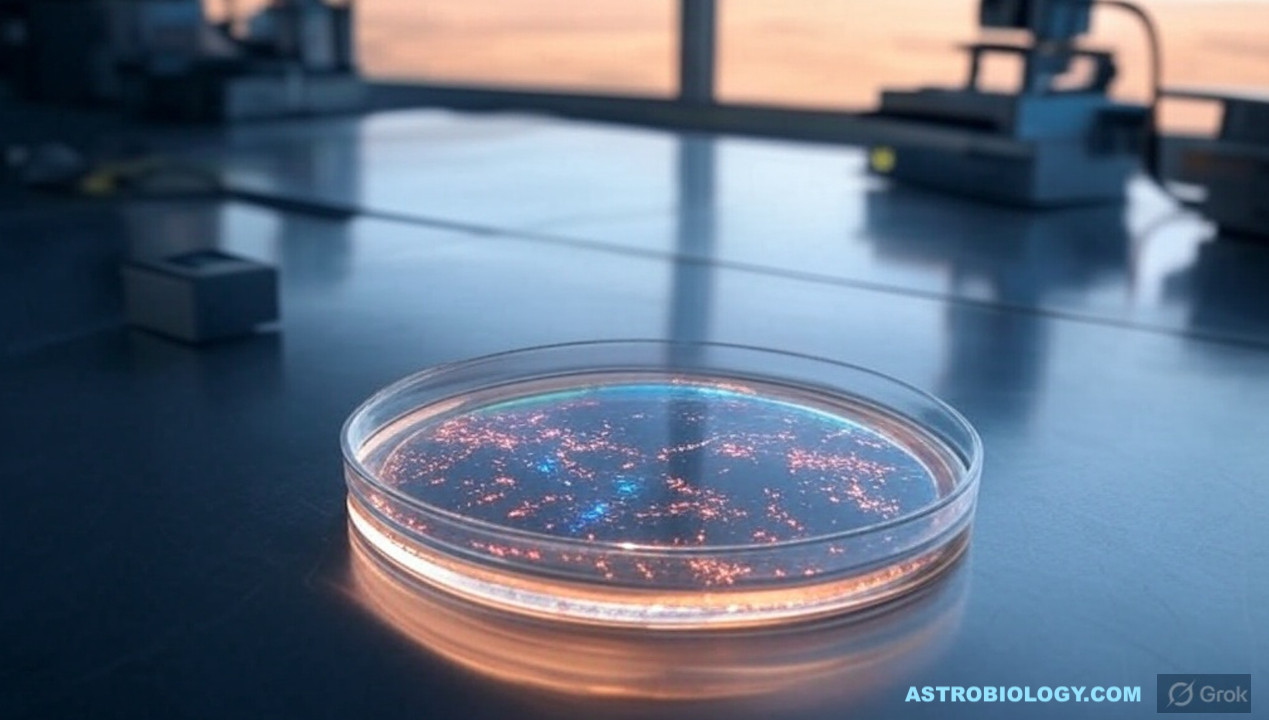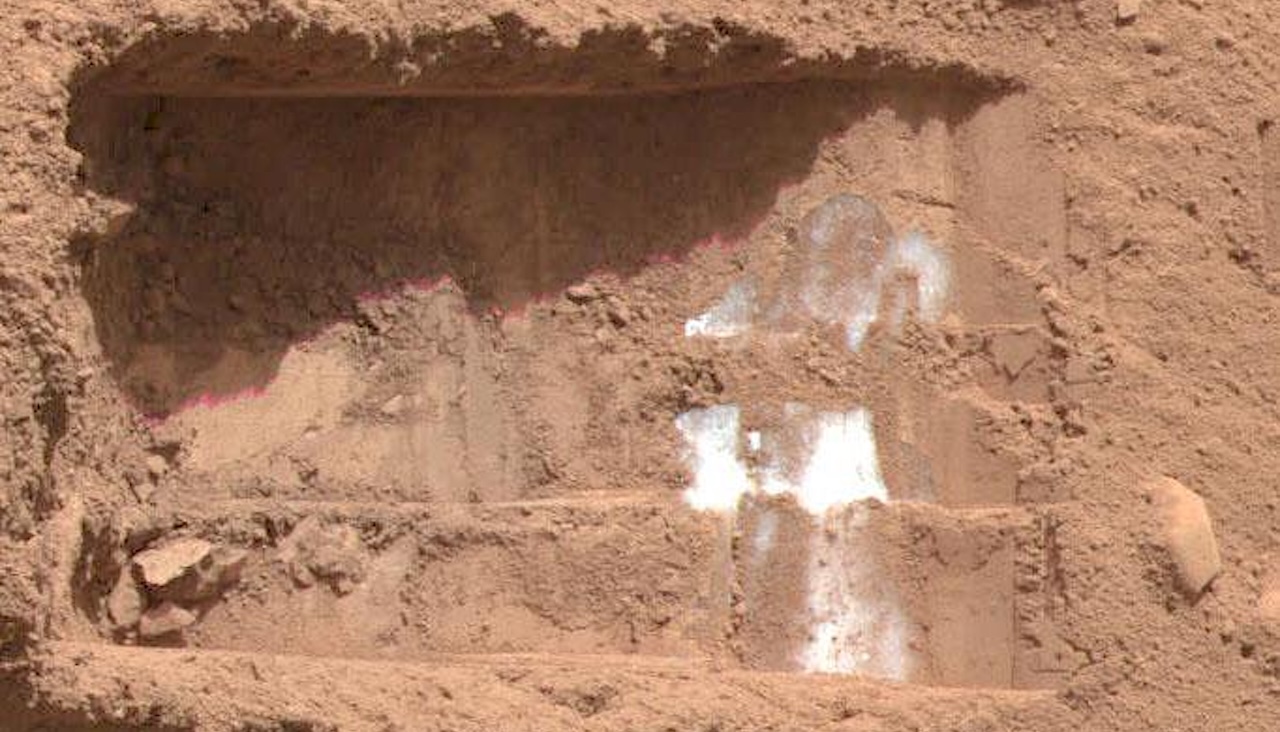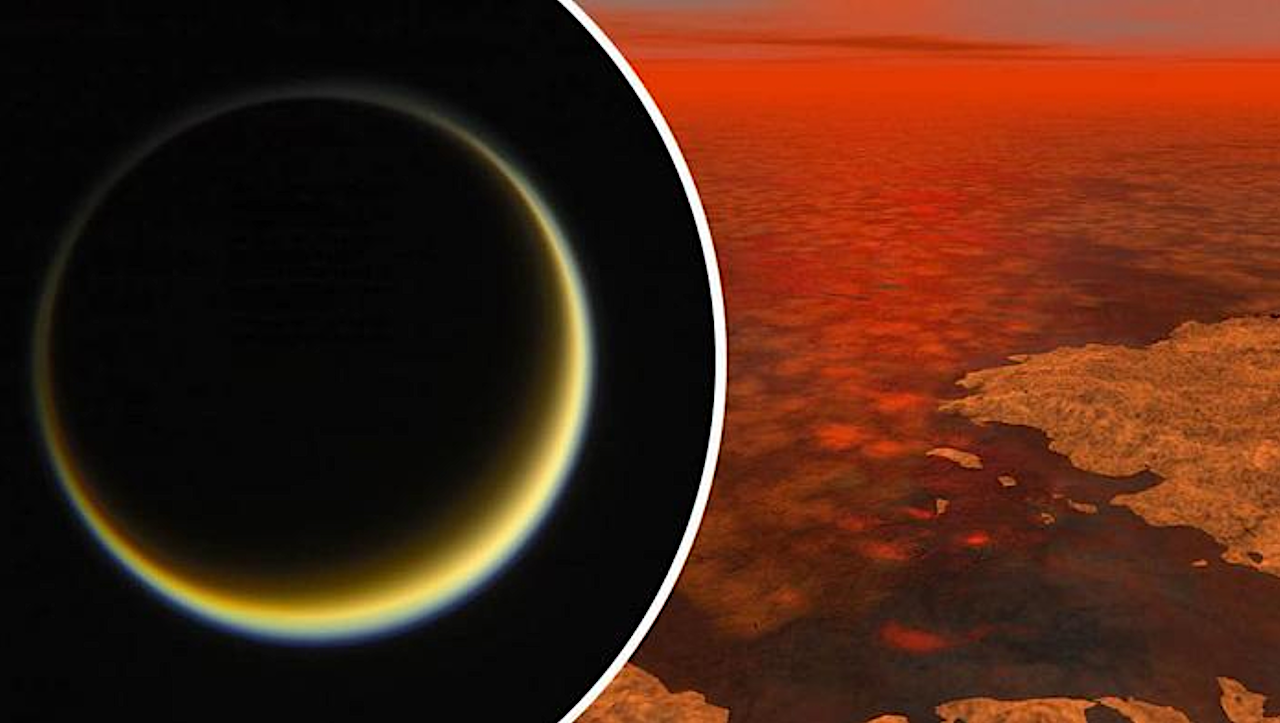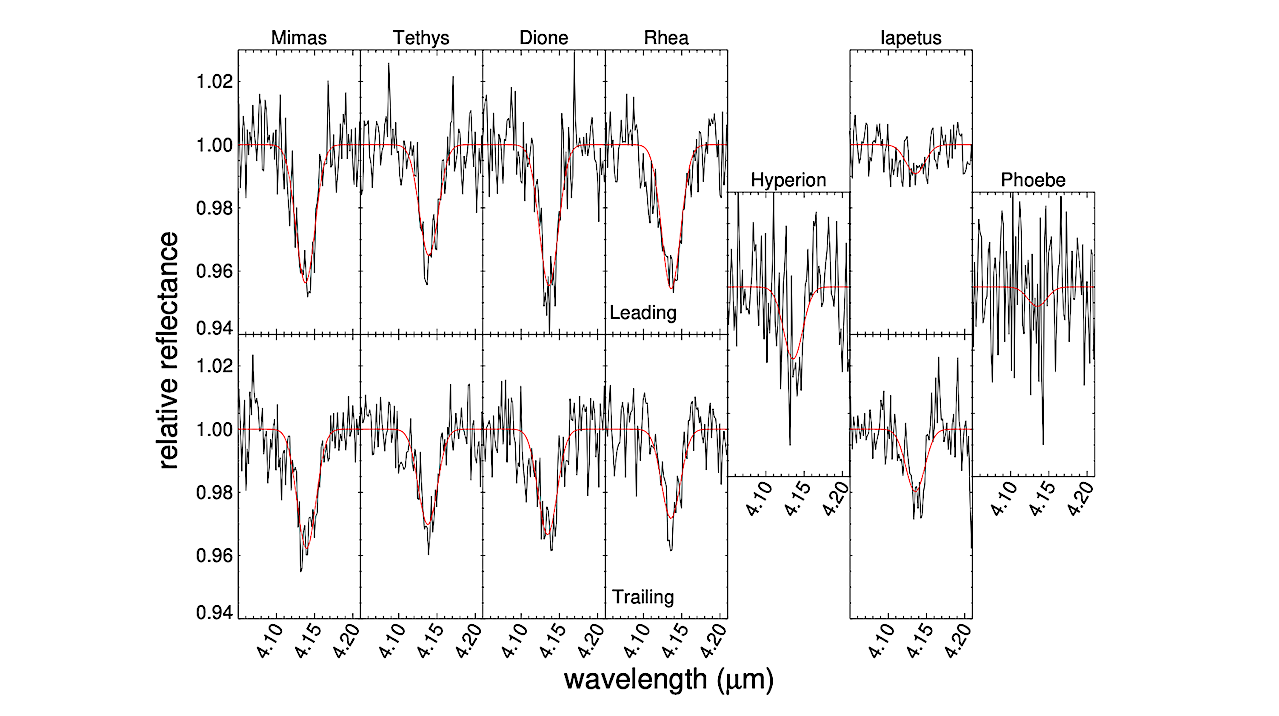Graphical abstract — Journal of the American Chemical Society The P–O–P moiety plays a central role in inorganic and biological systems and is considered to be a critical precursor to
Astrobiology41- Page
A representative sample of nine historical events from Table 5. The top row shows nearby ( 4 kpc) events for which a combination of all three mass-distance relations (θE, πE,
The JWST Users Committee (JSTUC) will hold their second Community Forum on Monday, October 27, 2025 at 12:00 PM (Eastern Time) to continue discussions with the JWST user community (following
Keith Cowing Explorers Club Fellow, ex-NASA Space Station Payload manager/space biologist, Away Teams, Journalist, Lapsed climber, Synaesthete, Na’Vi-Jedi-Freman-Buddhist-mix, ASL, Devon Island and Everest Base Camp veteran, (he/him) 🖖🏻 Follow on
Keith Cowing Explorers Club Fellow, ex-NASA Space Station Payload manager/space biologist, Away Teams, Journalist, Lapsed climber, Synaesthete, Na’Vi-Jedi-Freman-Buddhist-mix, ASL, Devon Island and Everest Base Camp veteran, (he/him) 🖖🏻 Follow on
NASA’s Phoenix mission in 2008 was the first to excavate down and capture photos of ice, pictured here, in the Mars equivalent of the Arctic Circle. Credit: NASA/JPL-Caltech/University of Arizona/Texas
Researchers have long been interested in Saturn’s largest moon, Titan, and its icy environment, which harbours lakes, seas, sand dunes and a thick atmosphere full of nitrogen, methane, and complex
Upper panel: UV flux reaching the surface of the planet TOI-700 d for an Archean atmosphere, depicted in purple (fUV=1) and red (fUV=10), and a modern Earth-like atmosphere, in green
The continuum-divided spectra of the Saturnian satellites, in the region of the O-D absorption. The red line shows a gaussian fit to the data using a fixed width. Most satellites
ENFYS Infrared Spectrometer — Aberystwyth University The search for life on Mars takes a leap forward today, as a key instrument for a major space mission begins its journey from
-
 012024 in Review: Highlights from NASA in Silicon Valley
012024 in Review: Highlights from NASA in Silicon Valley -
 02Panasonic Leica Summilux DG 15mm f/1.7 ASPH review
02Panasonic Leica Summilux DG 15mm f/1.7 ASPH review -
 03From Polymerization-Enabled Folding and Assembly to Chemical Evolution: Key Processes for Emergence of Functional Polymers in the Origin of Life
03From Polymerization-Enabled Folding and Assembly to Chemical Evolution: Key Processes for Emergence of Functional Polymers in the Origin of Life -
 04How New NASA, India Earth Satellite NISAR Will See Earth
04How New NASA, India Earth Satellite NISAR Will See Earth -
 05And Thus Begins A New Year For Life On Earth
05And Thus Begins A New Year For Life On Earth -
 06Astronomy Activation Ambassadors: A New Era
06Astronomy Activation Ambassadors: A New Era -
07SpaceX launch surge helps set new global launch record in 2024


